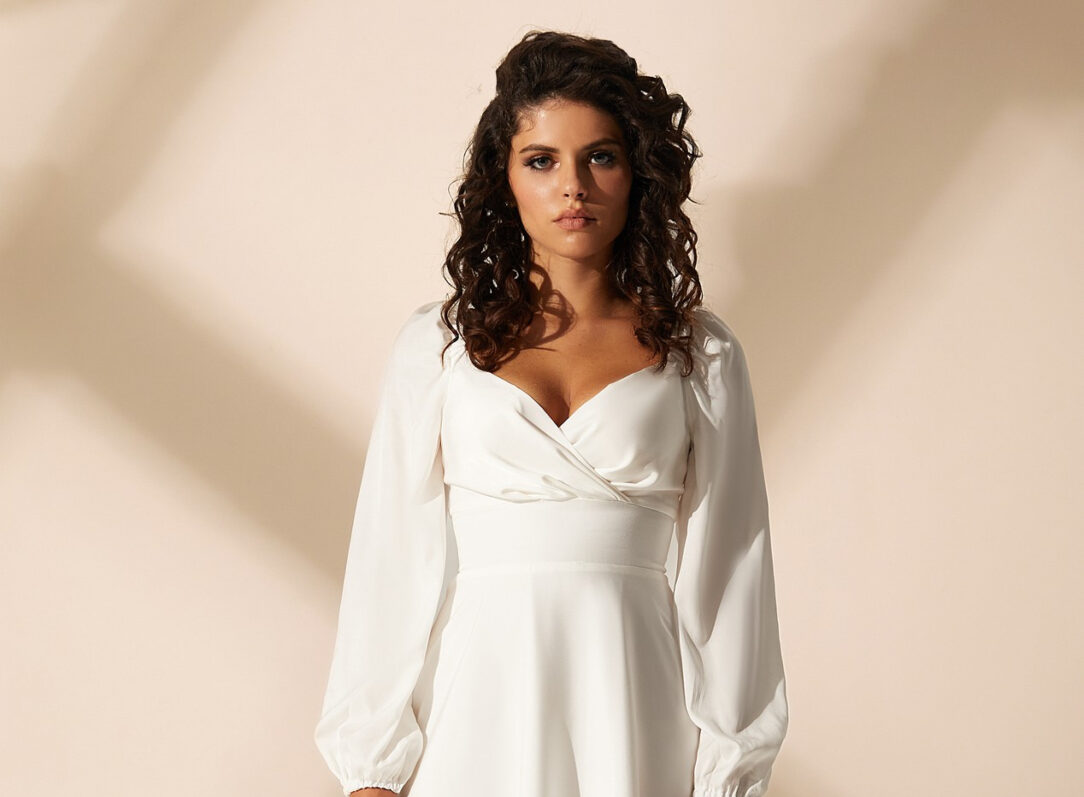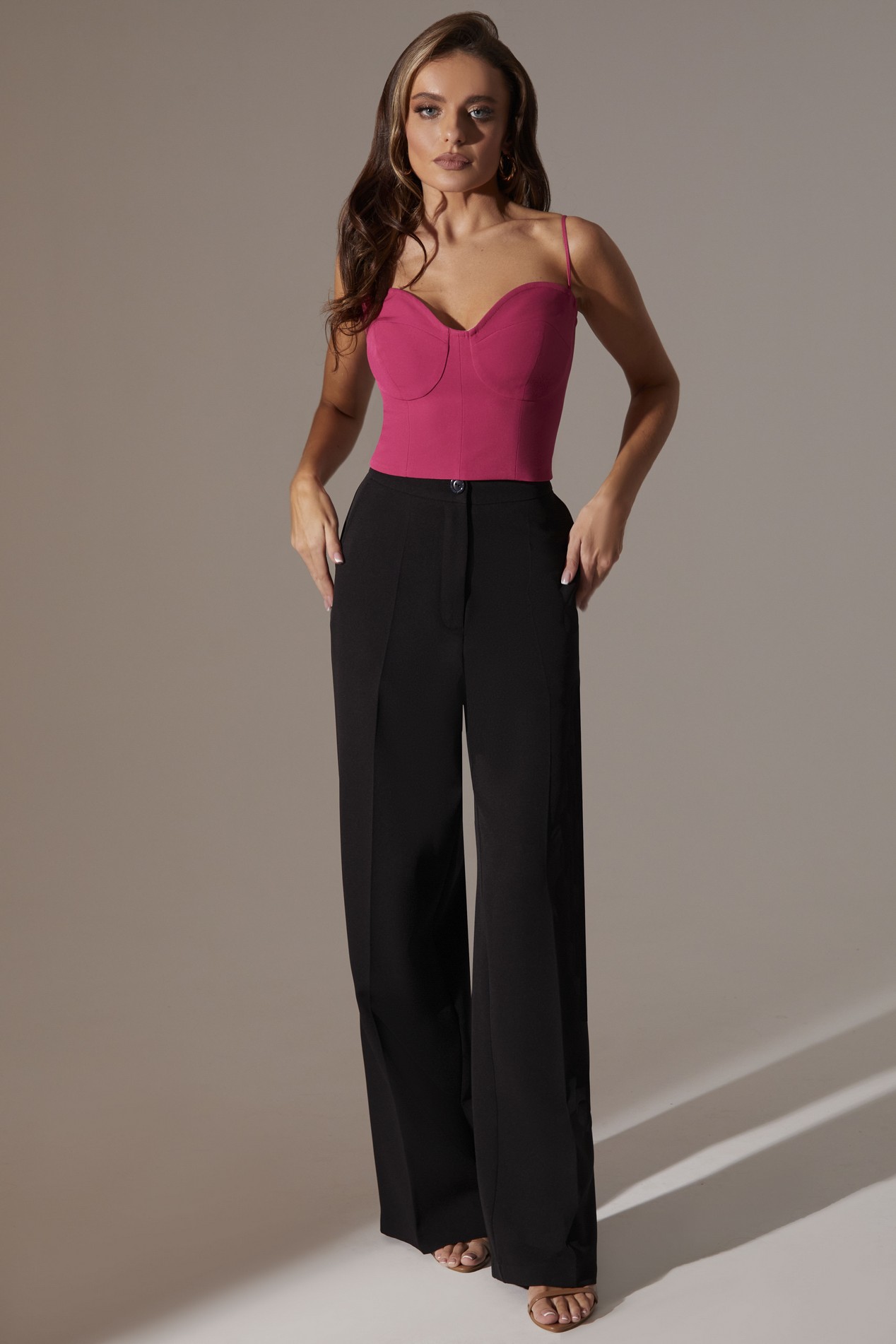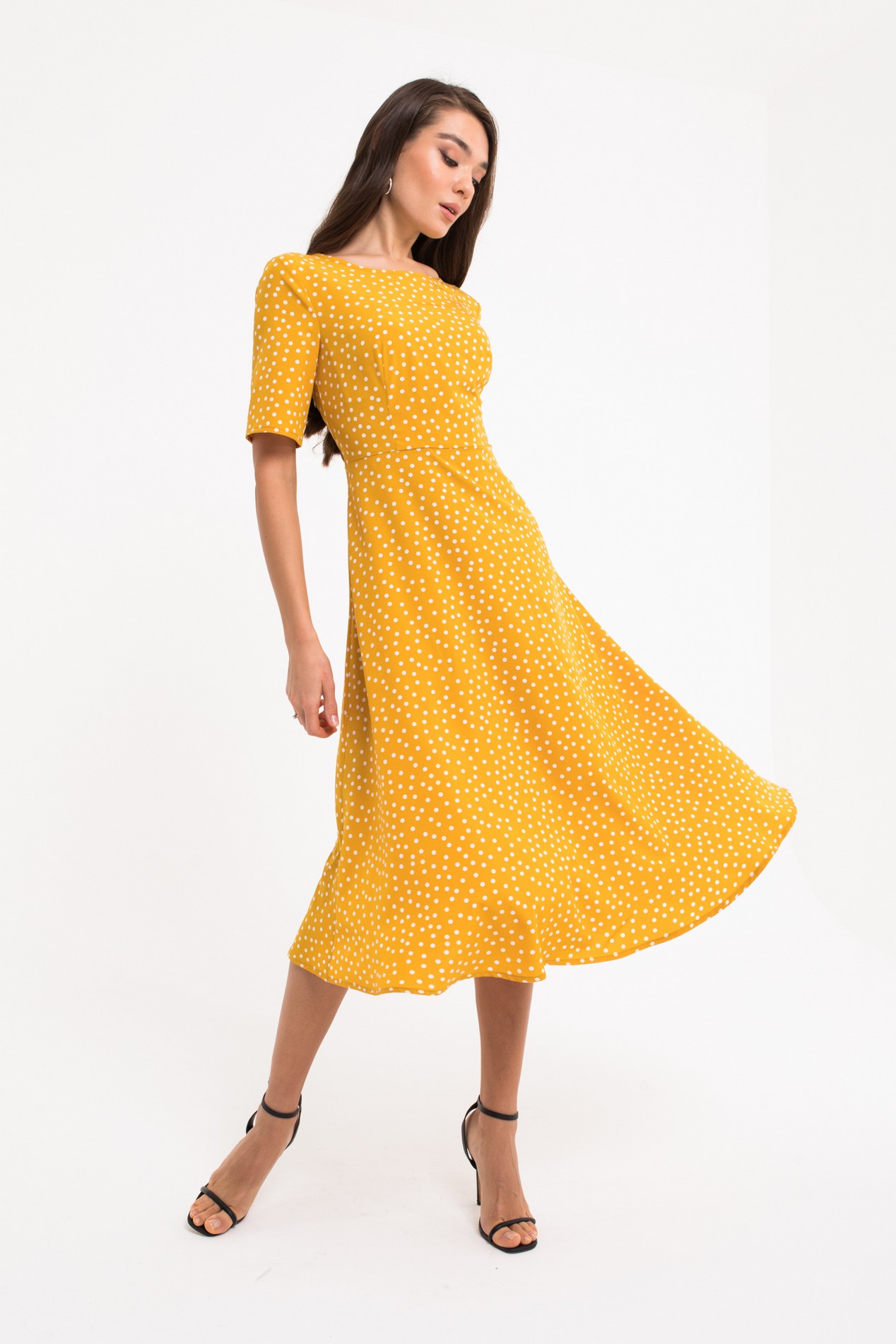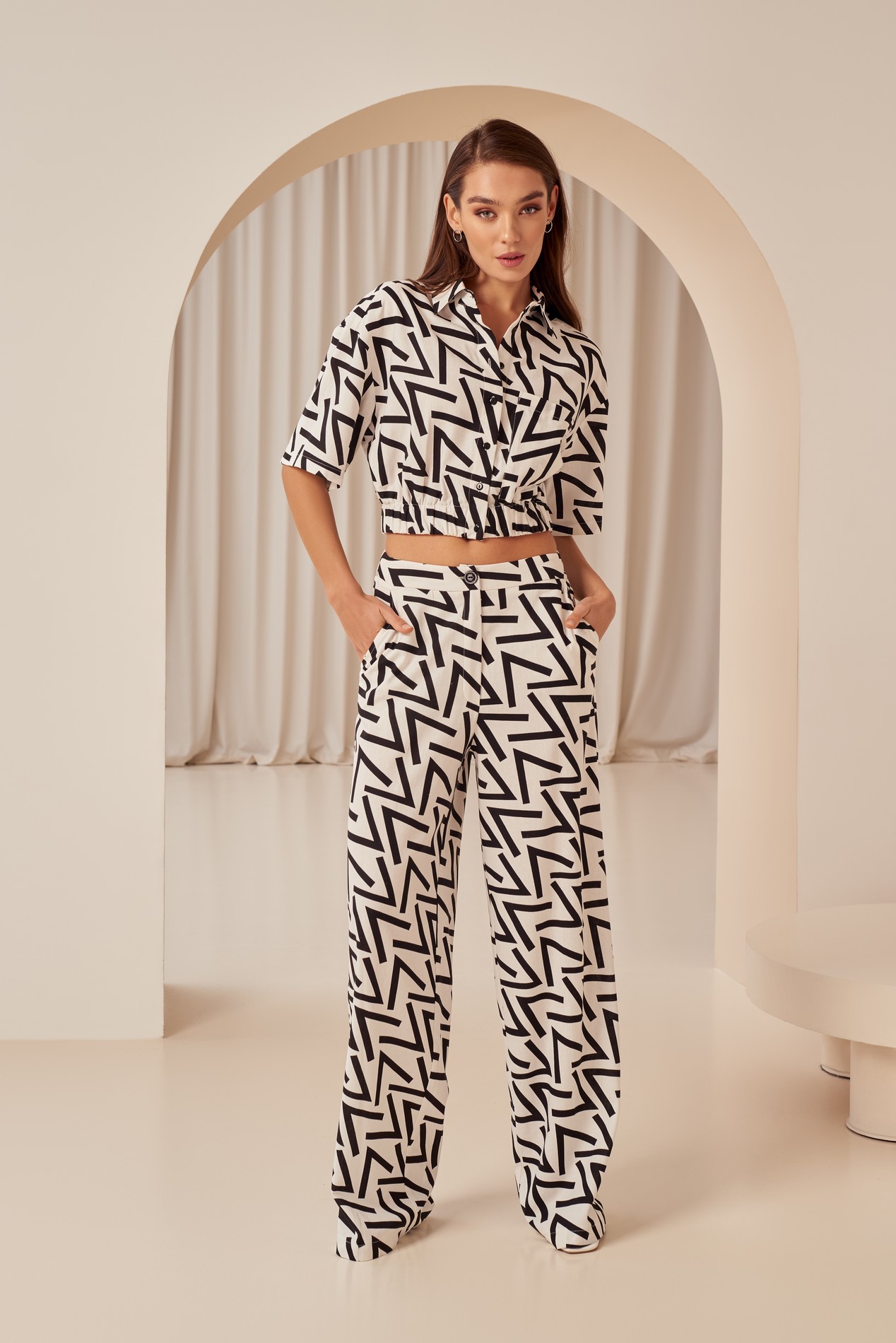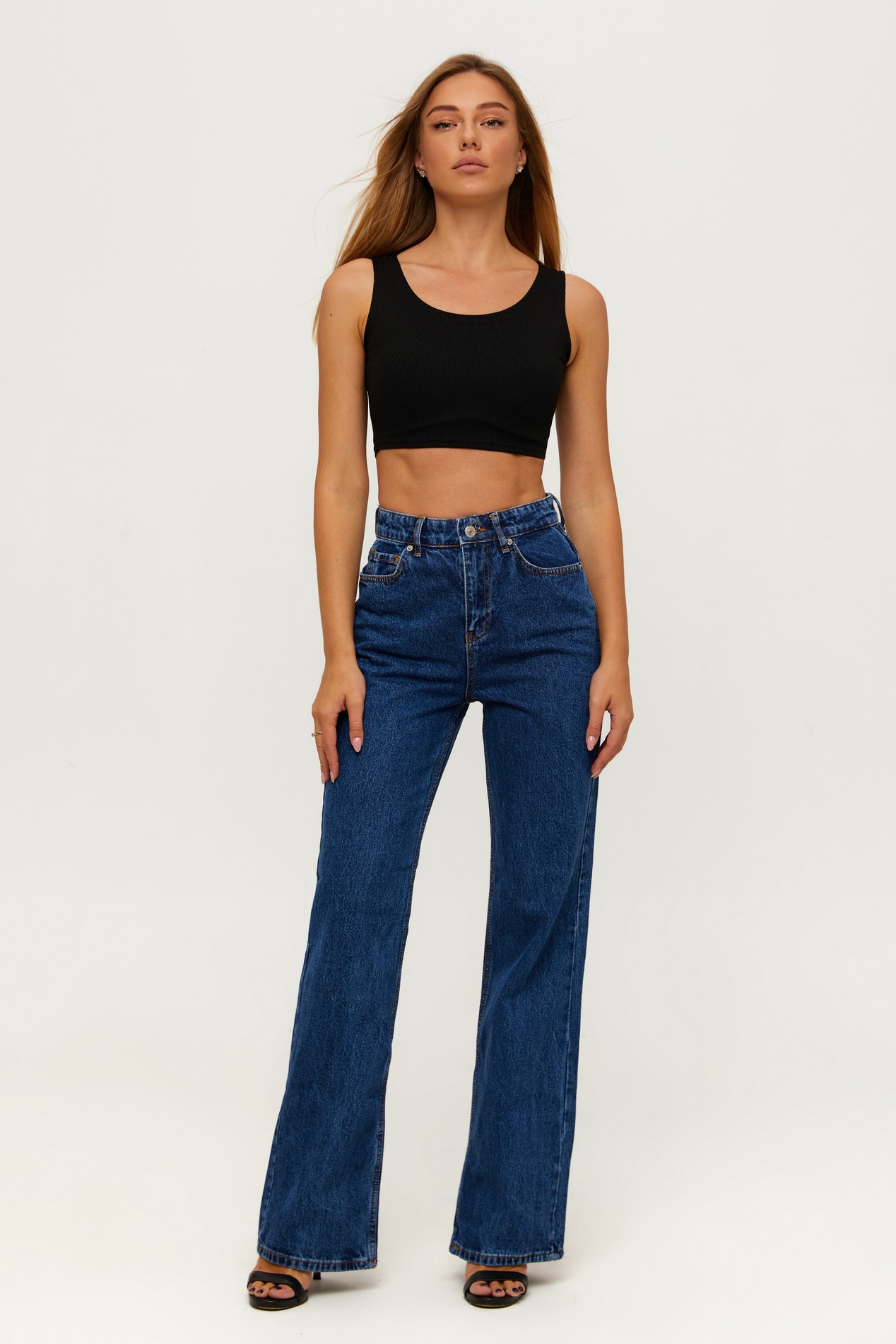The fashion of the past reflects history, culture and traditions. Observing only the choice of colors and styles in a particular period, one can determine the trends and changes in society that took place at that time. Let’s take a closer look at the fashion styles and trends of the past, which are used by designers and influencers around the world. We will also tell you how to be inspired by them for a combination of new and trendy looks.
ROCOCO
The Rococo period (1715-1774) is characterized by exquisite and elegant details, numerous folds and ruffles. Women then wore dresses with wide skirts and corsets that emphasized the waist. In addition, they decorated their outfits with bows, lace and flowers. This style became very popular in Europe and was a reflection of elegance and sophistication. Despite the fact that the corset created a lot of inconvenience for women back then, this season it is at the peak of popularity. Of course, now it is no longer aimed at shrinking the waist, but rather emphasizing its lines, making the look more feminine.
EDWARDIAN STYLE
During the Edwardian period (1901-1910), women wore dresses with high collars, long sleeves and floor-length skirts. Women also decorated their outfits with lace, beads and embroidery. This style reflected an era of luxury and abundance.
FLAPPER
In the 1920s, women began to actively fight for freedom and independence. The flapper style has become a symbol of this era. Then women began to wear pants and hats. This style was innovative and significantly different from previous eras, as it was a challenge to society. Now a woman in a suit with a jacket and trousers looks natural. But this right had to be won over quite stubbornly.
RETRO
In the 1950s, the retro style emerged, characterized by flare skirts, pumps with high heels and decorations in the form of butterflies and flowers. This style has been popular for decades and still inspires designers today. To reflect the trends of the past, namely in the period of the 1950s, choose a dress with a loose bottom, a slightly shortened sleeves and a polka dot print in the look. This model is always associated with retro. It also looks great on different body types, so you should also buy this dress in a large size.
BOHO
In the 1960s, the boho style appeared, which reflected the freedom and independence of youth. Women wore printed dresses, high-rise trousers and skirts, and jewelry in the form of beads and bracelets. If you want to compile such a look, use a crop top, and also choose models with an interesting print. It is not necessary to pick up neutral additions to such a bright suit. It is better to continue to form a style based on non-trivial solutions. For example, wear platform shoes, a bright headband, etc.
GRUNGE
In the 1990s, the grunge style ruled, which reflected an alternative culture. Ripped jeans, T-shirts with band logos and leather jackets were worn during that period. This style is the opposite of the elegance and sophistication of previous eras, but still every element of it finds its place in various wardrobes.
MINIMALISM
In the 2000s, minimalism emerged that reflected simplicity and functionality. Clear lines with a minimum of decor are things that will never go out of style. What could be easier than a top with jeans? The main thing is that they fit the body.
Past trends are always a great source of inspiration. Designers are constantly rethinking what was already in fashion. Therefore, focusing on fashion history will always be in trend.
